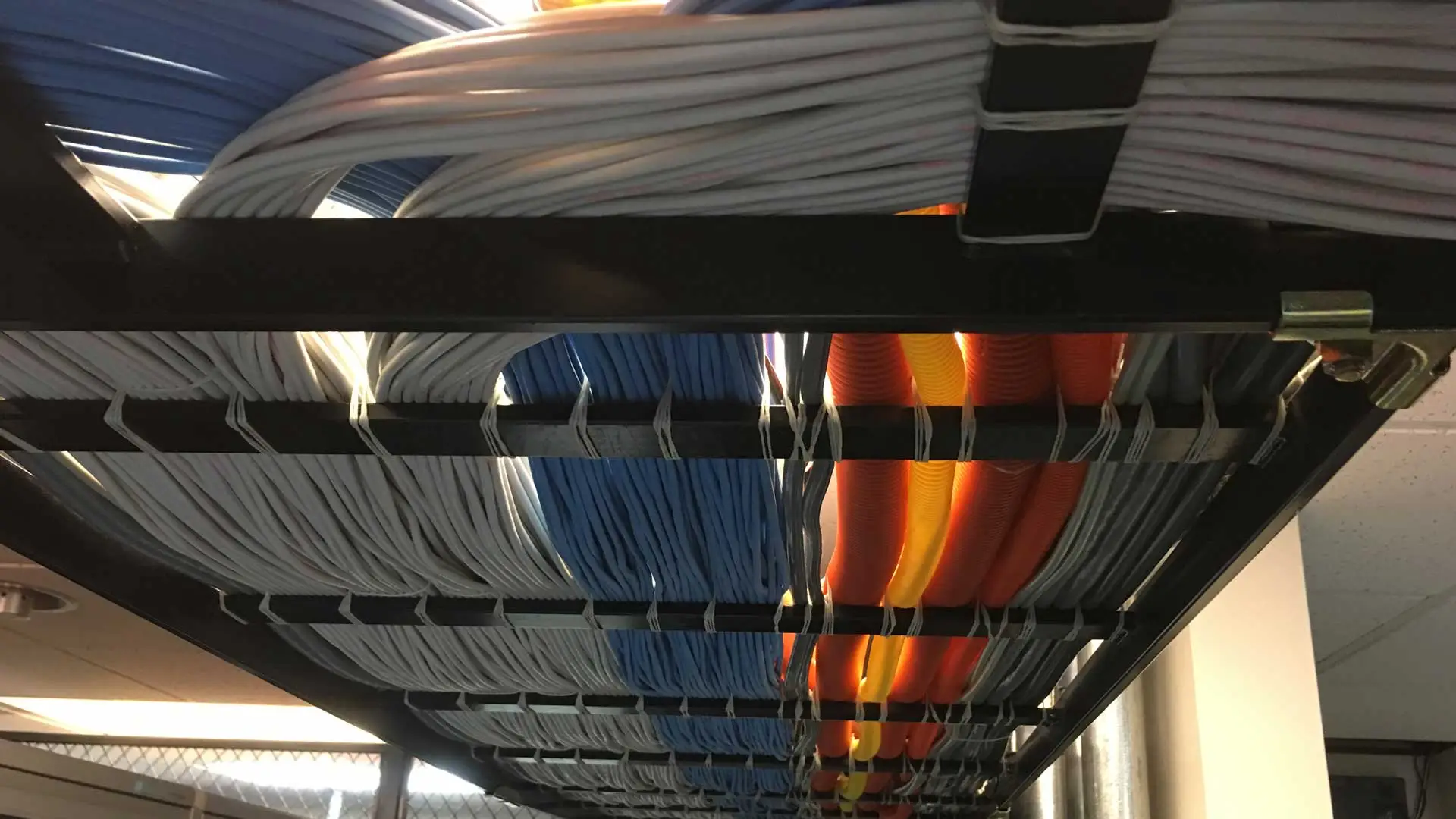
Insight
Check here for information regarding cloud services, colocation, virtual desktop offerings

Check here for information regarding cloud services, colocation, virtual desktop offerings
Cybersecurity compliance involves adhering to laws, regulations, and standards designed to protect information and information systems from security breaches. For data centers, this means implementing and maintaining a set of controls and measures to prevent, detect, and respond to cyber threats.
Compliance standards, such as ISO 27001, GDPR, HIPAA, and SOC 2, provide frameworks for managing and securing sensitive information, making them essential for businesses to understand and consider when selecting a provider. By focusing on data centers that offer leading security measures, it’s easier to safeguard your company’s information.
Data centers play a crucial role in achieving cybersecurity compliance. They are responsible for implementing robust security measures – including network security, physical security, and access controls – to protect the data they house. Additionally, data centers must ensure that their policies and procedures align with compliance requirements, conducting regular risk assessments and audits to identify and mitigate vulnerabilities.
Effective cybersecurity compliance in data centers revolves around several key components. These include data encryption to protect data at rest and in transit, multi-factor authentication to ensure that only authorized individuals...
Data center power refers to the energy required to operate a data center, including all its components, such as servers, cooling systems, and security devices. It’s measured in kilowatts (kW) or megawatts (MW) and is a critical factor in determining the data center’s capacity to handle computational tasks.
A digital ecosystem refers to a complex network of individuals, businesses, and systems that utilize technology to interact and collaborate. Unlike traditional business ecosystems, digital ecosystems harness the power of physical devices, data or information layers, and application layers to facilitate seamless real-time interactions among users and between users and businesses. This dynamic environment enables companies to collect customer data, develop new products, deliver services, and craft novel customer experiences through a harmonious integration of various digital components.
Drawing inspiration from natural ecosystems, digital ecosystems are characterized by their distributed, adaptive, and open socio-technical structure. They exhibit self-organization, scalability, and sustainability, principles that are rooted in the natural world’s mechanisms of competition and collaboration among diverse entities.
The concept of digital ecosystems, introduced in the early 2000s, aimed at modeling the adoption and development of ICT-based products and services in competitive markets, emphasizing the importance of interconnectedness and mutual benefit among participants.
At the heart of a digital ecosystem lies a centralized database, serving as the primary repository for all essential information. Centralized databases offer ease of management and heightened...
Server room design is a critical aspect of modern IT infrastructure management, as it ensures the optimal performance and longevity of your organization's hardware. A well-designed server room not only provides efficient use of space but also incorporates effective environmental controls, airflow planning, fire suppression systems, and cable management tools to protect valuable equipment.
In this blog post, we will delve into various aspects of server room design such as essential equipment selection including server racks, computer servers, routers & switches and network cabling. We will also discuss the benefits of centralizing IT infrastructure in a dedicated data center for improved resource management and enhanced security measures.
Finally, we will explore strategies for future-proofing your server rooms by planning for expansion and upgrades with scalable IT equipment, expandable cooling systems and redundant power sources. This guide will provide valuable information for constructing a data center environment that meets the unique requirements of your organization.
Almost every business that experiences constant growth over time comes to a point where it needs to scale up its resources to meet demand. And when this happens, your data center company will usually present you with two options: horizontal vs. vertical scaling.
So, now, you’re met with the following dilemma – which one should you go for? No matter if you choose horizontal or vertical, both will allow you to boost the resources you have on your system. However, the two options still differ in other ways, and knowing how they differ can help you choose the ideal one when the time comes.
In this article, we’ll cover both options in great detail so you can understand their differences. Also, it’ll provide you with a comprehensive guide on which option is best at what time and more.
Scalability shows if a system or computer functions properly when faced with changes in size and volume. Let’s explain it further with an example.
Say you have a website. Your website has been growing exponentially, but you’ve been able to handle the increased demand with no need for additional resources up until now. However, the growth has reached a point where it needs to be supported with more RAM, bandwidth, storage, etc.
Suppose you’re able to get more of those resources without any hassle or disruptions in service quality. In that case, your...
